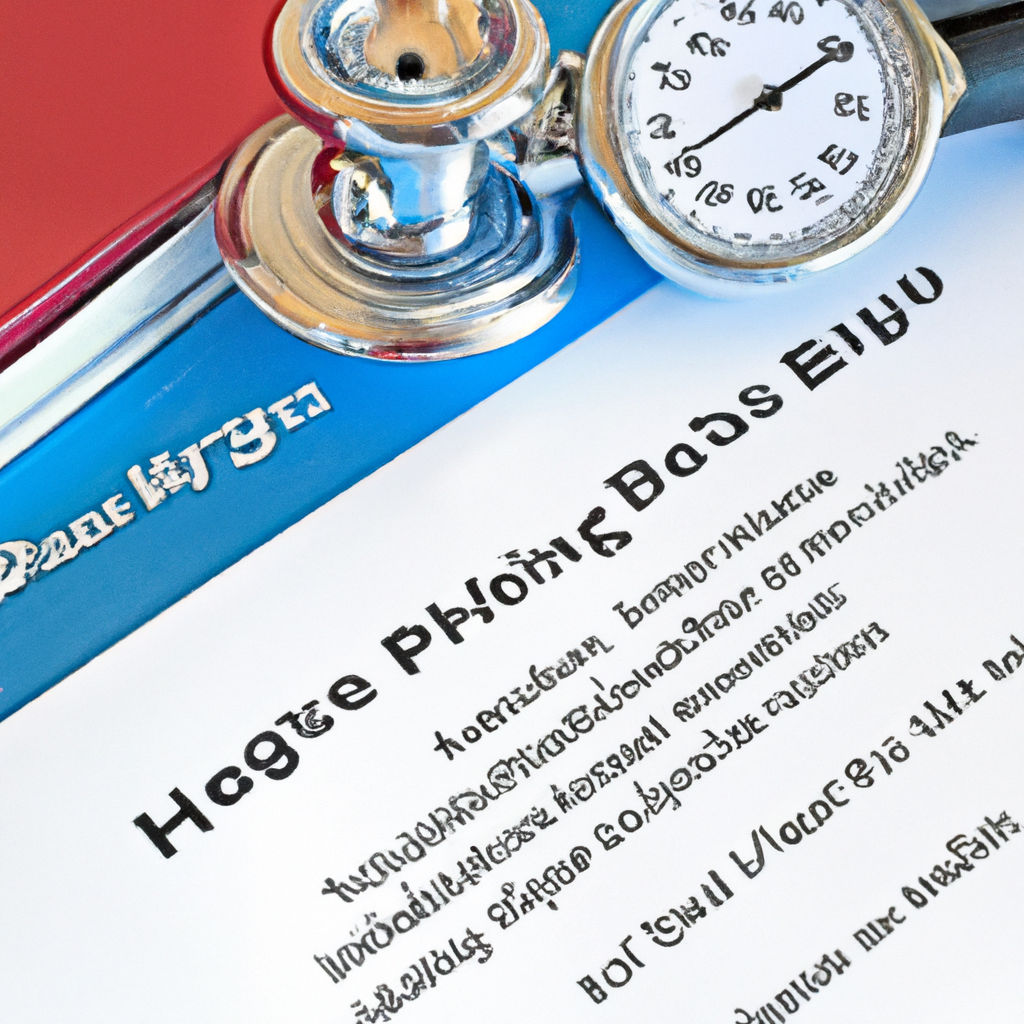For individuals living with cardiovascular conditions, exercise can be a powerful ally in improving overall health. Yet, it is important to note that extra caution and planning should be taken in order to make sure that exercise is done in a safe and smart way. Here are some essential exercise safety tips for anyone looking to reap the benefits of physical activity while managing a cardiovascular condition.

1. Maximize the Benefits of Exercise with Cardiovascular Safety in Mind
Providing your body with a regular dose of exercise and physical activity is a great way to support your health in an enjoyable manner. To get the most out of regular activity, it is important to keep your cardiovascular safety in mind. Here is what you need to know:
- Schedule regular visits with your physician to keep your health in check. A doctor can provide personalized advice and let you know whether any risks might be present when engaging in certain activities.
- Ease your way into any physical activity to give your body a chance to adjust to the new routine. It is best to start slow and build up the intensity of exercises gradually.
- Invest in some good quality gear and apparel. Workout clothes that fit properly and provide adequate support and breathability can help reduce the risk of injuries such as sprains and strains.
Fuel Your Body – Eating prior to a workout helps charge your body with the energy needed to get the most out of each activity. Sources of quick energy like dried fruits, nuts, and energy bars can help revitalize you in a pinch.
Stay Hydrated – Hydration is a key factor in optimizing performance and avoiding dangerous medical conditions. Drink plenty of water throughout your exercise routine to stay energized and avoid becoming overheated.
Rest – Taking time to rest gives your body a chance to recover and refuel. Over-exercising can take a toll on your body, so take some time away from the gym to give your body a break.
By following these safety tips, you can maximize the benefits you get from your exercise and enjoy your workout routine with confidence.
2. Practical Exercise Tips for a Cardiac Condition
The heart is an important organ in the body and for people with a cardiac condition, it is crucial to follow a few simple exercise tips for optimum health and wellbeing. Even those who have not been diagnosed with a heart condition can benefit from these tips.
Cardiovascular Exercise
Cardiovascular exercises, also known as aerobic exercises, are a great way to strengthen the heart and improve heart health. Examples of this type of exercise include: jogging, walking, swimming, cycling, rowing and stepping machines. Cardiovascular exercises should be kept light to moderate in intensity and done for at least 30 minutes a day, four to five times a week.
Strength Training Exercises
Strength training exercises are an important part of any exercise program. Examples of strength training exercises include weightlifting, bodyweight exercises, yoga and pilates. These exercises should be done two to three times per week at a moderate intensity and include a variety of exercises to target major muscle groups. Additionally, it is important to keep up with flexibility exercises such as stretching and yoga to improve mobility and reduce the risk of injury.
Exercise Safety Tips
- Start with a warm-up and end with a cool-down. This will help prevent injuries and allow the body to become used to a new exercise routine.
- Take breaks throughout a workout and drink plenty of water.
- Listen to your body and stop exercise if you experience any chest pain or discomfort.
- Avoid exercising in extreme temperatures.
- If you experience any symptoms, it is always recommended to visit your doctor.
Benefits of Exercise for a Cardiac Condition
Having a regular exercise program has a range of benefits for those with a cardiac condition. Exercise can:
- Improve circulation and reduce the risk of blood clots
- Reduce the risk of stroke and heart attack
- Increase physical and mental wellbeing
- Help maintain and maintain a healthy weight
- Lower blood pressure and cholesterol
- Improve metabolism and oxygenation of the cells in the body
3. Strengthening Your Heart One Step at a Time
Keeping your heart healthy should be at the top of any fitness routine. Even if you don’t have an active lifestyle, there are small steps you can take to slow down the aging process and reduce your health risks. Here are some tips to help you strengthen your heart and improve your physical and emotional health:
- Eat a balanced diet: Eating a diet rich in fruits, vegetables, whole grains, and lean proteins will give your body the nutrients it needs to stay strong and healthy. Avoid too much salt, sugars, and fats, as a diet that is not balanced can contribute to heart disease, stroke, and other health problems.
- Be physically active: Participating in regular physical activity is key to strengthening your heart. Aim for at least 30 minutes of moderate-intensity exercise at least five days a week, such as a brisk walk, running, or swimming. You can also do strength-training exercises such as lifting weights at least twice a week to help build your muscle strength and density.
- Manage stress: Stress can have a negative effect on your heart health, so it’s important to make an effort to manage it. Try to find healthy ways to relax such as yoga, meditation, or taking a hot bath. Additionally, you can talk to a friend or a professional about how you’re feeling, and make sure to get plenty of sleep to help you better manage stress.
- Quit smoking: Smoking has been linked to an increased risk of developing cardiovascular disease. Quitting can significantly reduce your risk of developing heart conditions and can help your heart become stronger over time.
Although it may seem like a daunting task, making small changes to your lifestyle can go a long way in helping to improve your heart health. Taking the time to focus on your physical and mental health will pay off, so start small and build up from there!
4. Staying Healthy and Safe – Exercise with Caution During Cardiovascular Conditions
Cardiovascular conditions, such as high blood pressure, heart disease, and stroke, can make it difficult to exercise safely. For those who have one of these conditions, it is important to consult a physician or a physical therapist to create an exercise program that takes the specific condition into account.
Check Your Pulse
Monitoring your heart rate during exercise is an essential part of maintaining your safety while exercising. When starting an exercise routine, it’s important to check your pulse and make sure you don’t overexert yourself. It’s important to make sure your target heart rate isn’t higher than the level that your doctor suggests for your condition. If you find that your heart rate is too high, take a break and adjust your routine to be a little less strenuous.
Choose Low-Impact Exercise
If you have been diagnosed with a cardiovascular condition, your doctor may suggest that you stick to low-impact activities. This means avoiding activities that cause a lot of strain on the heart, like running, sprinting, and certain types of aerobic classes. Depending on your condition, walking, swimming, and biking might be great options.
Build up Your Endurance
When starting an exercise program, it’s important to begin slowly and gradually build up your endurance. For example, if you plan to walk every day, you can start with five or ten minutes each day and work your way up to thirty minutes or more. The key is to stay within the limits that your doctor recommends, and to not push yourself too hard.
Allow for Rest
Don’t wear yourself out when exercising. Make sure to take breaks and allow for rest when necessary. For instance, after every half-hour of exercise, take a break for a few minutes and drink some water. Also, don’t forget to take one or two days off a week, even if it’s just for a few hours. This will help your body rest and recover.
- Consult your doctor before starting an exercise program
- Check your pulse during exercise
- Choose low-impact exercises
- Build up your endurance gradually
- Allow for rest
By understanding your condition and following the tips mentioned above, you should be able to exercise safely despite having a cardiovascular condition. Never be afraid to ask for help, and remember to take it slow and steady. All the best!
Exercising with cardiovascular conditions is challenging, but it’s possible to reduce your risk of injury if you practice caution and follow these safety tips. By arming yourself with an understanding of how to keep your body safe, you can stay active and continue your health journey with confidence—allowing you to gain the benefits of healthier, stronger physical and mental wellbeing.



